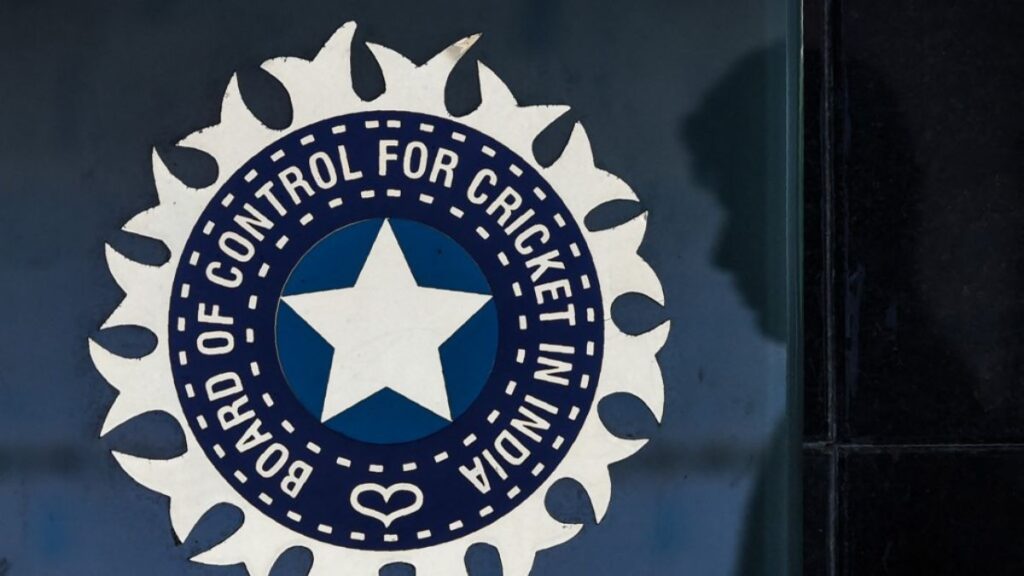
Cricket’s Big 3 in talks with ICC chair over potential Test structure split
A day after the conclusion of the Border-Gavaskar Trophy 2024-25 – the fourth best-attended Test series Down Under and reportedly the most-watched one of all time, the reports of cricket’s Big 3 – India, Australia and England are in talks with the new ICC chair Jay Shah over formulating a two-tier Test cricket structure.
Shah would meet Cricket Australia (CA) chair Mike Baird and Richard Thompson of the England Cricket Board later this month, with the discussion over splitting Tests into two firmly on the agenda, per the reports. The purpose, however, is to ensure India, Australia, and England can play each other often – a push coming from the record crowds and broadcast audiences for the BGT.
Also read | BGT – ‘Spicy’ SCG wicket impresses Gambhir, says ‘it’s good for Tests’
Although nothing is on record, if things go according to the plan, a two-division Test cricket structure will get underway after the Future Tours Program (FTP) in 2027, which will also host the 150th Anniversary Test between England and Australia in March of that year.
Several influential cricket personalities like Ravi Shastri have echoed the same earlier, adding that with the rapid growth of franchise-based T20 Leagues worldwide, the ‘best versus the best’ in Tests can help the oldest format sustain in a packed cricket calendar.
“I’ve been a firm believer in that if you want Test cricket to survive and be alive and thriving, I think that’s the way to go,” Shastri said in a chat with SEN during the SCG Test. “The top teams play against each other more often, so there is a contest; you want contests.”
More ‘best vs best’ matches
Given a significant disparity between the quality, revenue and engagement of top-tier teams and those languishing at the bottom of the current World Test Championship (WTC) table and on Test rankings, the two-division Test structure could be a way forward.
Should India, Australia and England be let go of facing others more often, they would be taking on each other at least twice in three years rather than twice in four years under the current cycle.
Meanwhile, the idea of a two-division Test structure was floated around 2016, where the top seven teams will make up the top tier, while five in the second. The then BCCI head Anurag Thakur snubbed this idea, saying this would cut smaller nations’ right to enter the exclusive Test cricket club.
“The BCCI is against the two-tier Test system because the smaller countries will lose out, and the BCCI wants to take care of them. It is necessary to protect their interests.
“In the two-tier system, they will lose out on a lot, including revenue and the opportunity to play against top teams. We don’t want that to happen. We want to work in the best interests of world cricket, and that is why our team plays against all the countries,” Thakur said in 2016.
Back then, the BCCI, Sri Lanka Cricket, the BCB and Zimbabwe Cricket opposed the proposal, while Australia, England, South Africa, New Zealand, Pakistan and West Indies supported it; eventually, it couldn’t come into reality.
(With inputs from agencies)





Responses